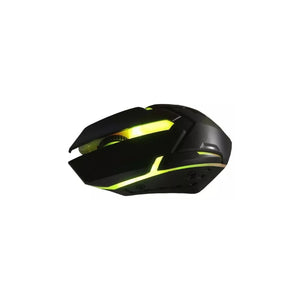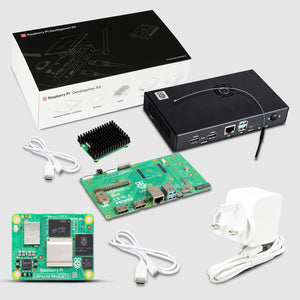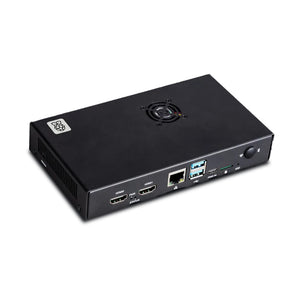“Did you see the new project based on Raspberry Pi Pico?”, If you are from a tech-based background then you would have heard this question millions of times. There is a Raspberry Pi Tsunami in the tech-world that made people get so much attracted to this single board computer. Raspberry Pi foundation has changed the market of Single Board Computers(SBC) with its advanced processors and design.
Raspberry Pi Pico is the newly launched product that has captured a big place in the heart of the Raspberry Pi community with its powerful RP2040 chip that opens the opportunity for hobbyist and tech-enthusiasts to create something better for the world. There are a lot of individuals that want to automate their devices with Raspberry Pi Pico and if you are one of them, then Pico 3V relay HAT is just for you!!!

Anatomy of Raspberry Pi Pico
Pico was created by the Raspberry Pi Foundation to teach people all about programming and hardware so that they can contribute to the advancement of technology. On the other hand, the market for hardware that can be connected to the top of the Raspberry Pi Pico to make it function efficiently in projects is growing. According to the Raspberry Pi Pico's configuration, the majority of the RP2040 microcontroller pins are attached to the user IO pins on the left and right edges of the board.

About Pico 3V Relay
Pico 3V Relay HAT is a high-quality two-channel relay with a switching voltage of up to 2A/120V(Max), a switching voltage of up to 2A/24V(Max), and an operating voltage of 3.3V. It comes with a Female Pin Header that allows for easy stacking with the Raspberry Pi Pico. It's made to work with Raspberry Pi Pico, allowing you to get more out of your Raspberry Pi Pico by combining it with a relay. The Pico 3V Relay HAT is more durable and efficient to use in the project thanks to high-quality components. The design and look of the Pico 3V Relay HAT are compact with clear pin labeling and additional functional information that make the utilization of the product quite easy for the users.

Features
- Two High-Quality Relays with switching voltage 2A/ 120V(Max), Switching Voltage(VDC) up to 2A/ 24V(Max)
- 40 Pins Standard Raspberry Pi Pico header
- Stackable design for easy interfacing with Raspberry Pi Pico
- Compatible with Raspberry Pi Pico
- Indication LED for relay on/off status
Specifications
- Channel - 2
- Operating Voltage - 3.3V
- Switching Voltage (VAC) - 2A/ 120V
- Switching Voltage(VDC) - 2A/ 24V
- Dimensions - 21mm x 51 mm
Application
Pico 3V Relay HAT gives your Pico the ability to control the high voltage/ current devices that helps the users to automate the system. In the 21st century, it has become a big-deal for the tech-communities to take their devices to a next level. Smart devices are the demand of most of the individuals right now, as it saves time and energy of the system. There are following applications that you can perform with the Pico 3V relay
- Home Automation
- Industrial Automation
- Smart Appliances
- Automated Gardening
- Security system
Conclusion
It’s hard to not be impressed by the Pico 3V relay, with its compact design and powerful relays. It becomes easy for a user to utilize Pico 3 V relay in an efficient manner with their projects. Developers of Pico Relay 3 V designed it in a way to provide the best user experience. After it’s launch, a high demand has been seen among the tech-community as there is an excitement to use it with their Pico. In conclusion, we just want to say that you can automate your device with the help of Raspberry Pi Pico and Pico 3 V relay HAT. So start developing your products and mention your project down in the comments!









1 comment
Jeff Nank
1. Do you have a non-hat relay I can use with pico? Or, 2., can you tell me which of pico’s 40 pins need to be connected to the relay? I need to use a number of the pico’s GPIO pins for other devices and would like to just use the pico’s header for these connections. Or, 3., do you have a relay hat with a pass thru header so the picos pins are easily available. Obviously I am trying to avoid soldering directly to the pico. Thank you.